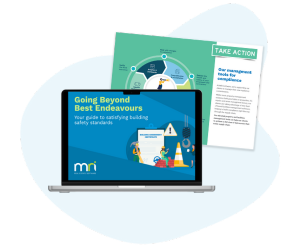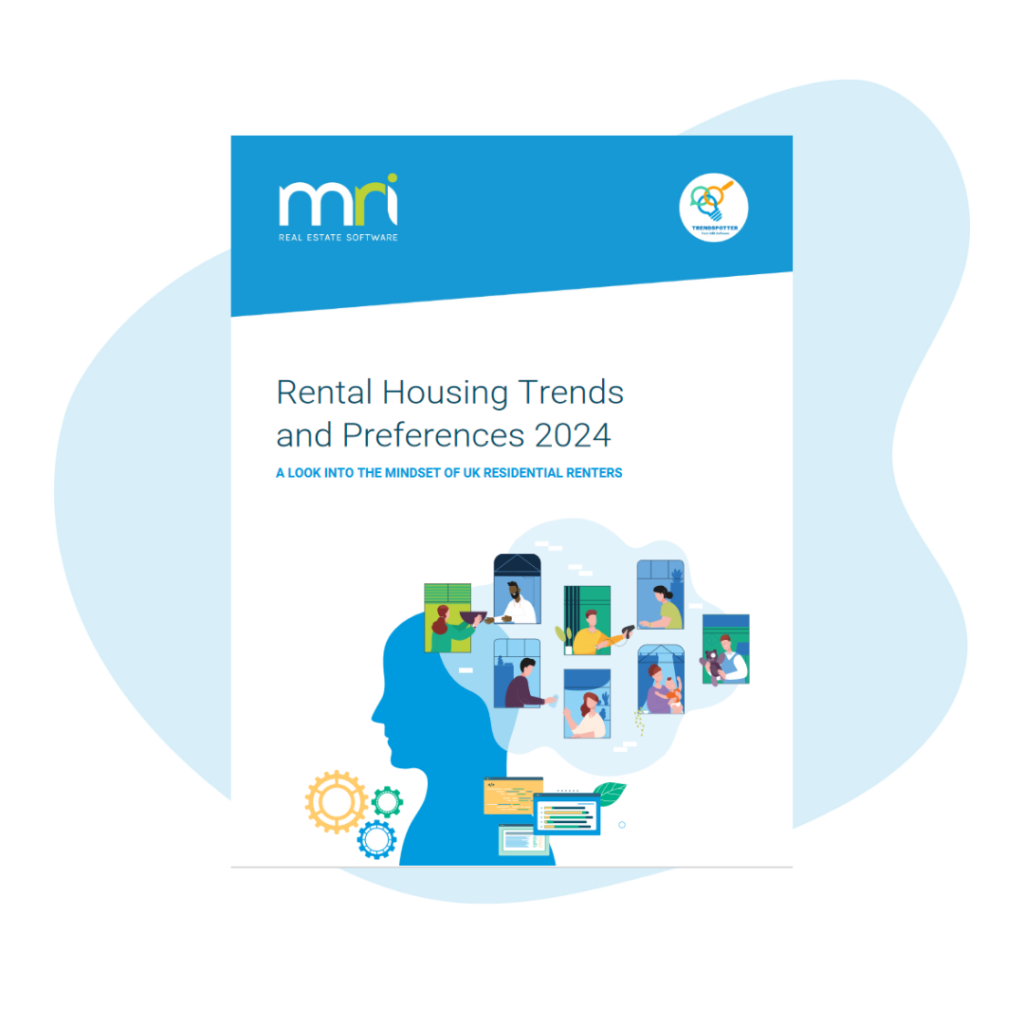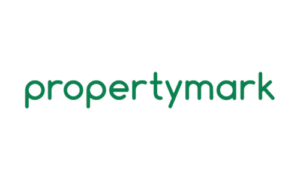Resident Engagement Strategy Explained
And What Property Managers Need To Do To Stay Compliant?
What is a Resident Engagement Strategy, and how does it relate to the Building Safety Act?
A Resident Engagement Strategy is your plan for how you engage with your residents to address the things that matter to the management of their buildings. You’re required to review this strategy at least once every two years.
Following the Grenfell Tower fire in June 2017 and subsequent government inquiry, the government introduced the Building Safety Act 2022. This is a new regulatory system for managing high-rise residential buildings. These are buildings that are 7 storeys or more, or over 18 metres high.
The Building Safety Act 2022 introduced some new legal duties related to high-rise buildings and residents’ safety. One of them is the Resident Engagement Strategy – Principal accountable persons and accountable persons must give residents specific information. They must also involve residents in certain building safety decisions.
Role explained: who are the Accountable Persons and Principal Accountable Persons
Accountable Persons (AP)
An AP is an organisation or individual who owns or has a legal obligation to repair any common parts of the building, such as the structure and exterior of the building, corridors, lobbies or staircases.
Principal accountable person (PAP)
All occupied high-rise residential buildings must have one clearly identifiable AP, known as the principal accountable person (PAP) who is responsible for ensuring that fire and structural safety is being properly managed for the whole building.
Find more information about the AP and PAP here.
What does the Resident Engagement Strategy mean for property managers?
Many building owners or leaseholders are likely to outsource compliance responsibilities. This means that even though property managers may not be classified as Accountable People (carrying out repairs on behalf of another party does not confer full responsibility), property managers should have a shared responsibility for delivering data to demonstrate compliance.
The Resident Engagement Strategy has notably shifted the industry culture. Previously, property managers might have focused solely on meeting regulatory safety requirements. But now, it is essential to listen to residents’ concerns and suggestions regarding Building Safety, and to address their feedback accordingly. You need to put residents at the heart of your building safety measures.
It’s not enough for residents just to simply be safe. They need to feel well-informed and listened to, so they can feel safe too. It’s time to enhance resident engagement.
How can you improve your resident engagement?
- Expand your use of engagement tools: utilise the right tools to meet the diverse preferences of your residents, so they can communicate with you in a way they’re comfortable with.
- Increase language choices: provide multi-language options for residents who are not sufficiently fluent in English. The more people understand, the more active and positive their engagement will be.
- Improve response efficiency: speedy responses to resident’ requests and helping them solve their problems efficiently are crucial for their health and safety.
- Collect feedback proactively: don’t wait for residents to reach out via emails or phone calls, actively seek their feedback through various channels.
- Give residents access to important documents: such as leases, community guidelines, health & safety information, and evacuation processes.
- Build a service hub: provide community information and complementary services to help residents connect and get the most from their community and living spaces.
How technology can help?
Based on the EHS Household Reports, the mean age of those living in all high rise flats was 39.5 years compared with 54.8 years for those in houses. Only 1% of high-rise flat residents are aged 65 and over, indicating that younger people are more likely to live in high-rise flats. Traditional engagement tools like letters, phone calls, emails, or noticeboards in the building are outdated. A modern tool that allows them to engage online and access services at their convenience is highly expected. Additionally, they want to connect with the wider community.
As a result, more and more property management companies are adopting digital resident portals.
What’s a resident portal?
A resident portal is a digital platform designed to facilitate communications, interaction and engagement between property management and residents. Resident portals serve as a central hub for various activities and services that enhance the living experience for residents and streamline operations for property managers.
Effectively engage with your residents and stay ahead of their demands with MRI Engage
MRI Engage is a dynamic, online customer self-service and engagement solution designed for the unique demands of the built-to-rent and block management market. Widely adopted in the industry, it has been proven to help property managers achieve time savings of up to 50%.
MRI Engage offers a comprehensive range of functionalities to meet bespoke requirements, empowering you to deliver exceptional services, enhance resident engagement, and comply with Building Safety standards. Furthermore, the ever-developing technology ensures you stay ahead of customer demands and stand out in a competitive market.
- Configurable Resident App
- Secure payment processing
- Maintenance requests
- Building safety surveys
- Resident noticeboard
- Document management
- Resident social forum
- Neighbourhood maps & local news
- Online concierge services
- Amenity booking
Download Building Safety Guide
Follow our guide and take control of the data you need to achieve compliance.

Trendspotter: Rental Housing Trends and Preferences 2024
Explore the latest insights on the UK Rental Market: Download the 2024 Rental Housing Trends and Insights Report. The UK rental market is evolving rapidly, and staying ahead of the curve is crucial for property managers, landlords, investors and esta…

